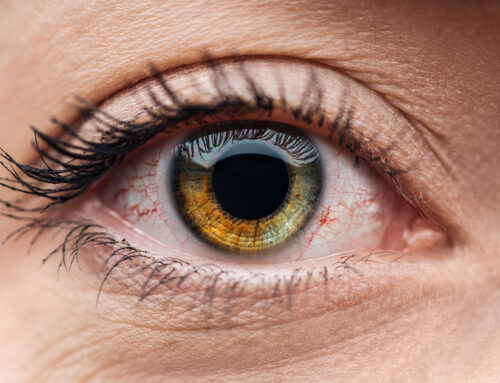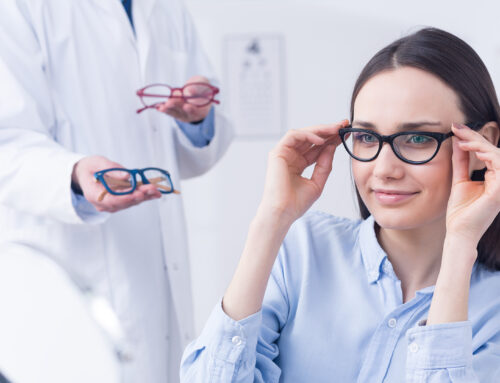Once, as a child, I heard the phrase, “Youth is wasted on the young.” I didn’t think about what it meant at the time because I was watching TV. But now that I’m older, I realize it to be true. Not always, of course, but most of the time we just don’t realize what we’ve got till it’s gone. It’s not so much a psychological quirk as it is a logical necessity. How would we be expected to appreciate something when there’s no alternate and inferior version yet? It’s like comparing apples and non-existent, rotten oranges.
Throughout my career, I’ve found this to be especially accurate when it comes to our eyes. It’s almost as if we grant Father Time a few wins without much of a fight. Neck hurts when you wake up sometimes nowadays? That’s okay, we’re getting older. Can’t jump over a puddle that you would’ve jumped over happily as a kid? Sure, probably don’t even want to. But, so help us, when age thieves away our ability to read a menu… there’s genuine anger there. Reading glasses are a bridge too far.
The reason I’m pointing all this out before answering the question of “why” is because the ubiquity of the problem and the frustration is where the answer starts. You should know that what seems like an odd and unique problem — eagle eyes that are now failing you — is an issue you share with millions of other folks. That’s because it is the result of the normal aging of the eye that affects 100% of people as they progress from age 42 to 50. Of that 100%, just over half have the issue we’re addressing here: once great eyes that can’t see up close now.
3 Types Of Vision
The population can roughly be split into thirds when it comes to vision. A third are myopic and they need glasses to see the chalkboard in school at some point between first grade and college. A third are hyperopic and they don’t need glasses at all when they’re young. A third are neither myopic nor hyperopic (that has a name too, but no one uses it: emmetropia) and they also don’t need glasses when they’re young. Both of these last two groups follow the same path as they age. No glasses in school, no glasses as a young adult, no glasses as a not-young-not-middle-aged adult, and then poof reading vision is terrible at 43 years old, give or take 3 years.
Why Does Our Vision Change?
The reason this happens (and it happens to that first myopic third too, but they already needed glasses) is because of the lens inside the eye. Every year after age 8, it gets a little denser and loses a little more autofocus. And that autofocus is what makes your eye move that perfect distance focus into perfect near focus. You can watch a camera phone do autofocus from distance to near. It does that with an internal lens that actually moves to adjust. That’s what our eye does too. The difference is that our lens stiffens and loses flexibility to change and adjust.
There are options to fix your near vision. They work and restore the ability to read without glasses. Every option, however, is a clever surgical solution designed to fix near vision without trying to fix the lens. And that’s because there isn’t a way to fix that lens. The problem is a change in the actual proteins that comprise your lens. So we can’t fix it for the same reason that we can’t un-fry an egg. It’s an important point to know because part of finding the cure to your reading vision is realizing you’ll have to use a different solution than the one you had as a kid.
It’s usually true that youth is wasted on the young because no one thinks about stuff like the possibility that they’ll someday lose their reading vision. The excellent news in this case is that we can restore that ability after it’s gone away. And this time, now made wiser by the years, good reading vision may have significance and an appreciation more satisfying than it ever did as a kid. Youth is relished when we can find pieces of it we’d lost.




